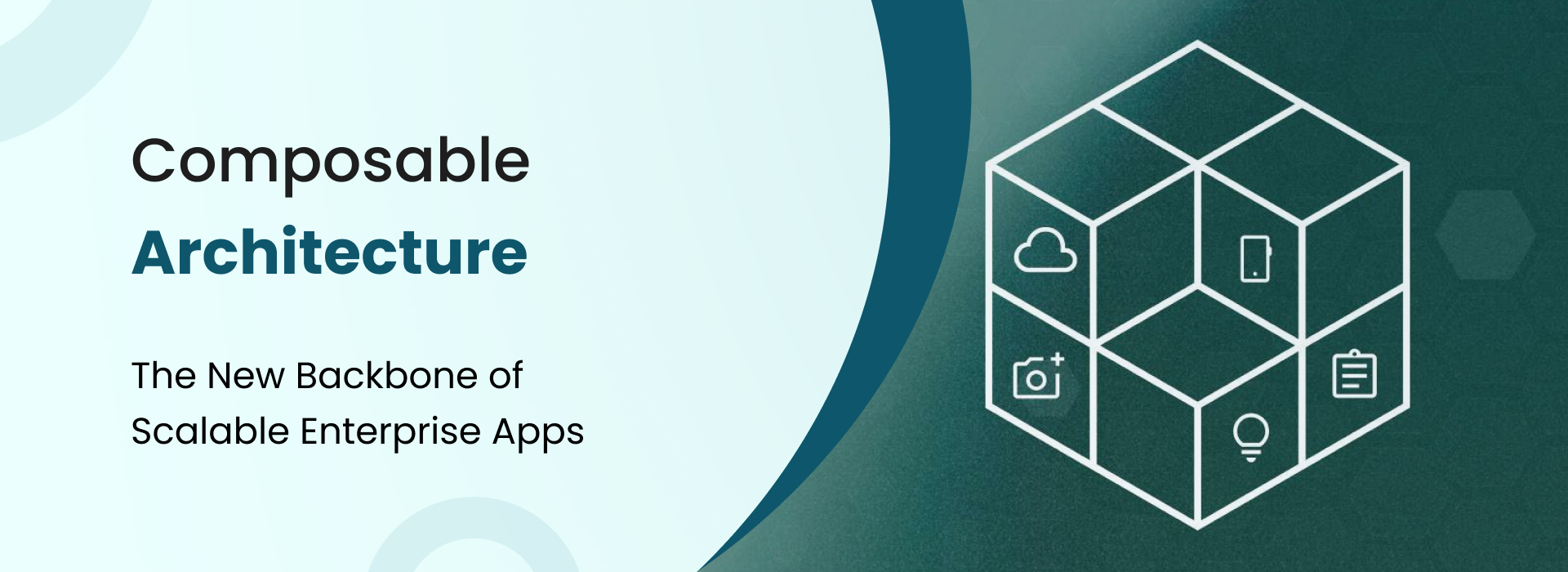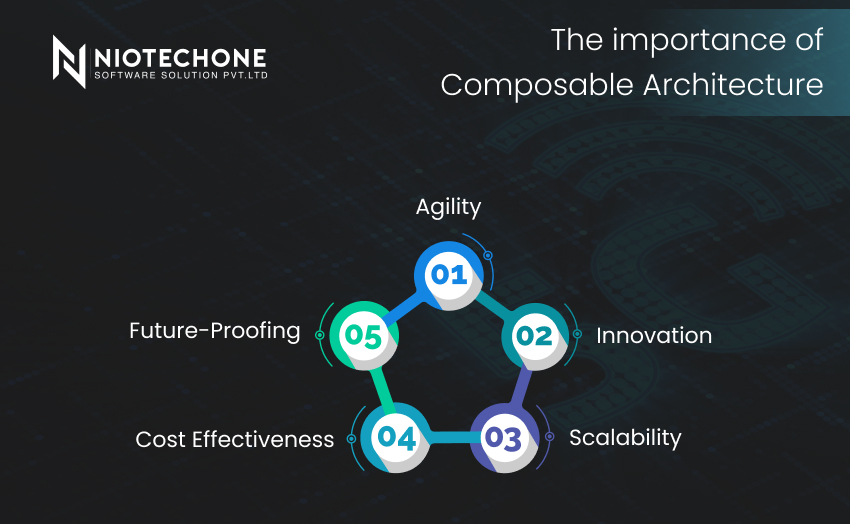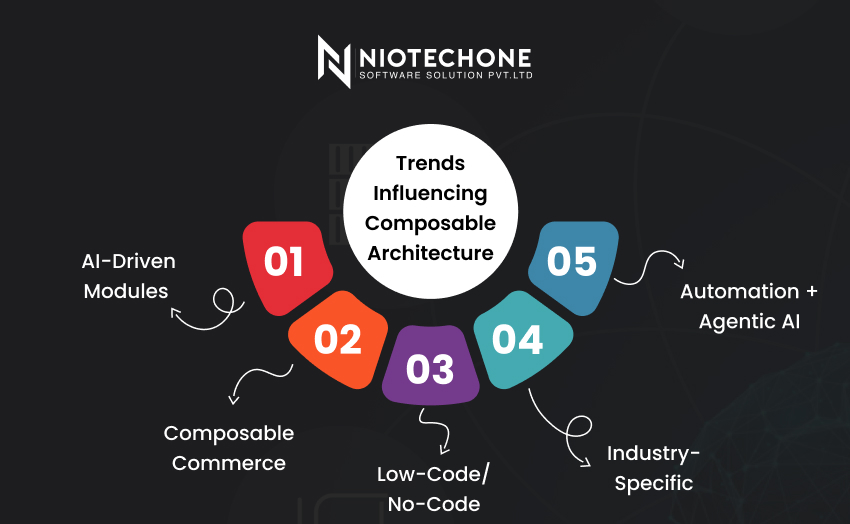Although composable architecture offers agility and innovation, businesses should also be ready to face the real-world challenges that may slow down adoption. These are not only technical challenges, but they cut across governance, people, and processes. Let’s break them down:
1. Complexity of Governance: APIs need to be managed with Discipline
APIs flourish in composable systems. Each module interacts with the other through APIs, and governance is therefore of utmost importance. In the absence of appropriate policies, businesses can experience:
- Module data discrepancies.
- Exposed APIs have security vulnerabilities.
- Duplicates where two or more teams develop similar capabilities.
An experienced software development company in Rajkot can assist in establishing API gateways, authentication layers, and monitoring dashboards to ensure that everything is lean and safe.
2. Integration with Legacy Systems: The Old and the New
The majority of large organizations continue to operate important workloads on old monolithic applications, many decades old. Combining composable architecture with these older systems may be a challenge since:
- Old systems do not have new APIs.
- Information can be trapped in old databases.
- The core processes are highly interwoven.
As an example, a bank might wish to use composable modules to detect fraud or make payments, but continue to use its legacy core banking system. In these scenarios, businesses tend to develop API wrappers or middleware with .NET Core development and web development frameworks to enable old and new systems to communicate without interfering with business processes.
3. Skill Requirements: Constructing the Right Team
Composable apps demand skills in a variety of areas, including .NET development, custom software development, AI integration, DevOps, and API management. Finding teams that are knowledgeable about the business side and the technical side (modular development and integration) is a challenge for many organizations.
4. Cultural Change: Re-thinking the way Teams Work
Cultural resistance is perhaps the most underrated challenge. Conventional IT teams are accustomed to siloed work, producing big projects with long durations. Composable architecture reverses this, requiring:
- Business and IT cross-functional cooperation.
- Agile, incremental thinking rather than big bang projects.
- Constant delivery rather than annual releases.
The leadership should be a proponent of the advantages of modularity, and the organization should promote smaller, quicker victories by deploying composable modules one at a time.














